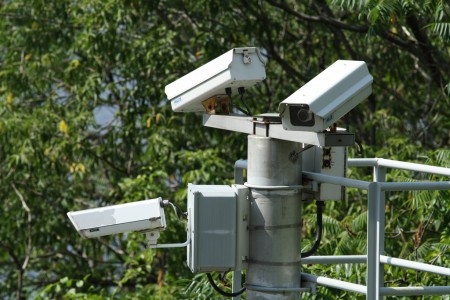In an awfully pathetic development, a recent poll conducted of 1,500 American adults by the Pew Research Center found that the proportion agreeing that “there is strong scientific evidence that the earth has gotten warmer over the past few decades” has fallen from 71% to 57%. Now, only 36% of people agree that human activities are the drivers of temperature increase.
This is an astonishing result, a year after the IPCC’s Fourth Assessment Report argued that “[w]arming of the climate system is unequivocal” and that “[m]ost of the observed increase in globally averaged temperatures since the mid-20th century is very likely due to the observed increase in anthropogenic (human) greenhouse gas concentrations.” It is especially sad given the fact that the supposed scientific debate about the causes of climate change is largely mythical. Despite that, status quo supporting groups have apparently done an excellent job of misleading the public, perhaps aided by the increased concern that now exists about the state of the global economy.
The basics of the situation are quite simple. No competent chemist would disagree that burning fossil fuels adds carbon dioxide (CO2) to the atmosphere. Similarly, it is simple to observe that air with more CO2 blocks more outgoing infrared radiation, warming the planet. Both of these things are explained by chemical and physical theory, and observed in practice. Admittedly, it takes more work to understand why this warming could be dangerous; still, the scientific backing for that claim is incredibly robust and based on peer-reviewed scientific work done around the world over the course of many decades.
Obviously, a lot more work needs to be done debunking climate change deniers, both by directly responding to misleading arguments and through other means. The terrifying thing here is that our actions now will have irrevocable consequences, largely beginning a few decades out, but continuing at least for thousands of years. The fact that so many people remain confused about climate – and very few support effort on the scale required to deal with it – is really bad news for future generations.






